Pornchai Phukpattaranont
Comparisons of wavelet functions in QRS signal to noise ratio enhancement and detection accuracy
Apr 16, 2015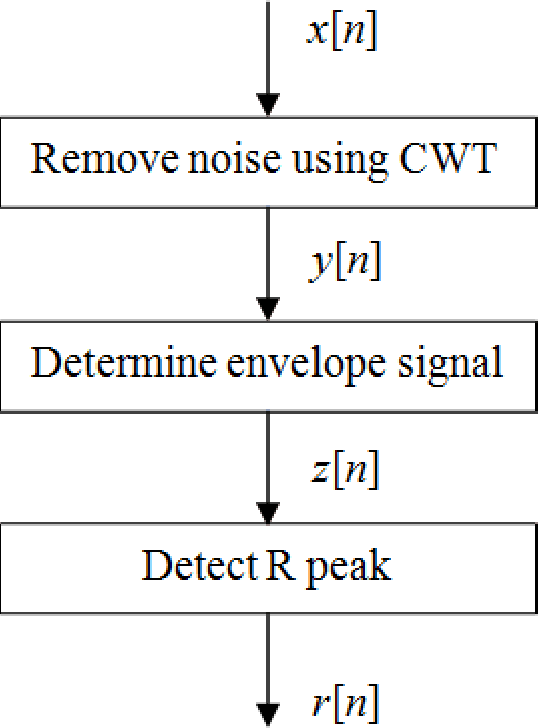
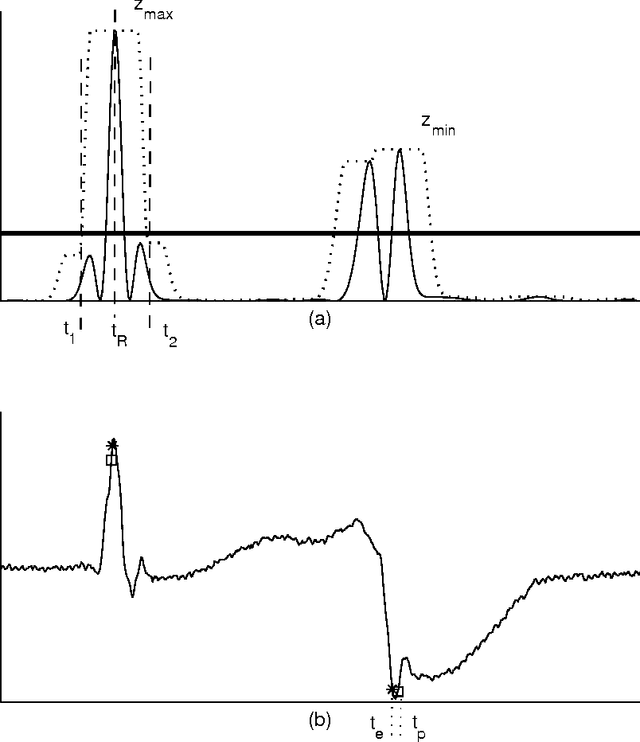
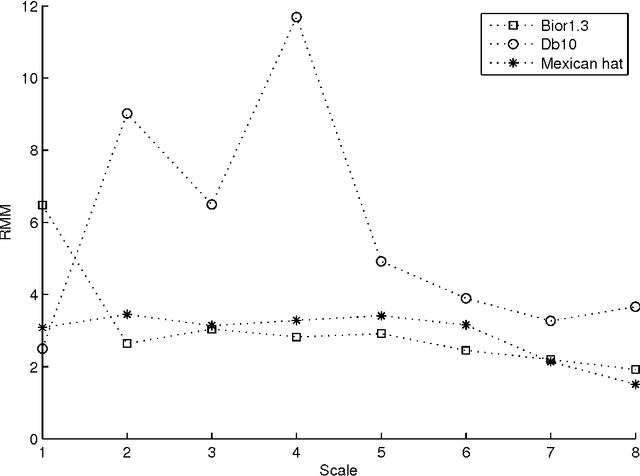
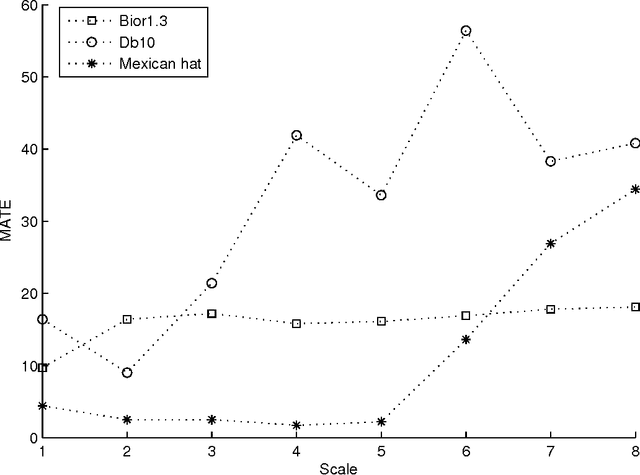
Abstract:We compare the capability of wavelet functions used for noise removal in preprocessing step of a QRS detection algorithm in the electrocardiogram (ECG) signal. The QRS signal to noise ratio enhancement and the detection accuracy of each wavelet function are evaluated using three measures: (1) the ratio of the maximum beat amplitude to the minimum beat amplitude (RMM), (2) the mean of absolute of time error (MATE), and (3) the figure of merit (FOM). Three wavelet functions from previous well-known publications are explored, i.e., Bior1.3, Db10, and Mexican hat wavelet functions. Results evaluated with the ECG signal from MIT-BIH arrhythmia database show that the Mexican hat wavelet function is better than the others. While the scale 8 of Mexican hat wavelet function can provide the best enhancement in QRS signal to noise ratio, the scale 4 of Mexican hat wavelet function can provide the best detection accuracy. These results may be combined and may enable the use of a single fixed threshold for all ECG records leading to the reduction in computational complexity of the QRS detection algorithm.
A Novel Feature Extraction for Robust EMG Pattern Recognition
Dec 26, 2009
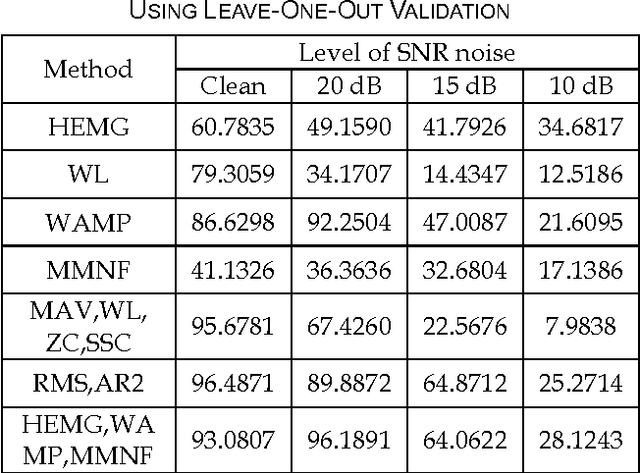
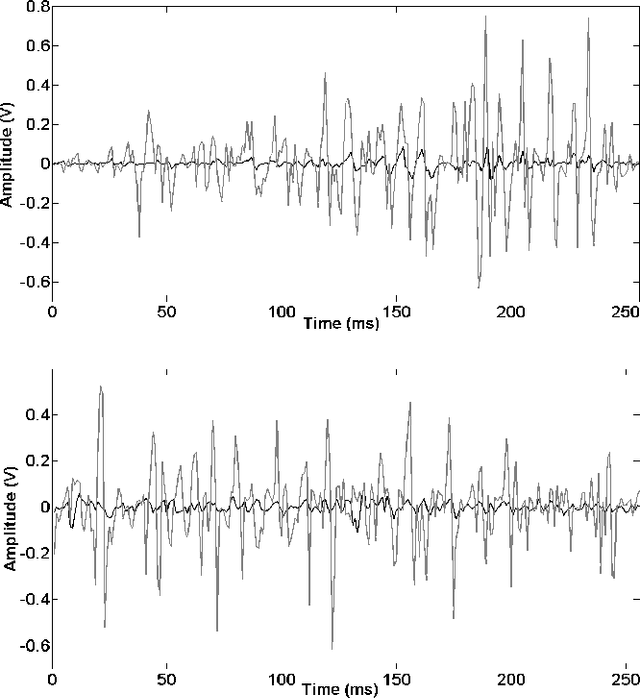

Abstract:Varieties of noises are major problem in recognition of Electromyography (EMG) signal. Hence, methods to remove noise become most significant in EMG signal analysis. White Gaussian noise (WGN) is used to represent interference in this paper. Generally, WGN is difficult to be removed using typical filtering and solutions to remove WGN are limited. In addition, noise removal is an important step before performing feature extraction, which is used in EMG-based recognition. This research is aimed to present a novel feature that tolerate with WGN. As a result, noise removal algorithm is not needed. Two novel mean and median frequencies (MMNF and MMDF) are presented for robust feature extraction. Sixteen existing features and two novelties are evaluated in a noisy environment. WGN with various signal-to-noise ratios (SNRs), i.e. 20-0 dB, was added to the original EMG signal. The results showed that MMNF performed very well especially in weak EMG signal compared with others. The error of MMNF in weak EMG signal with very high noise, 0 dB SNR, is about 5-10 percent and closed by MMDF and Histogram, whereas the error of other features is more than 20 percent. While in strong EMG signal, the error of MMNF is better than those from other features. Moreover, the combination of MMNF, Histrogram of EMG and Willison amplitude is used as feature vector in classification task. The experimental result shows the better recognition result in noisy environment than other success feature candidates. From the above results demonstrate that MMNF can be used for new robust feature extraction.
 Add to Chrome
Add to Chrome Add to Firefox
Add to Firefox Add to Edge
Add to Edge